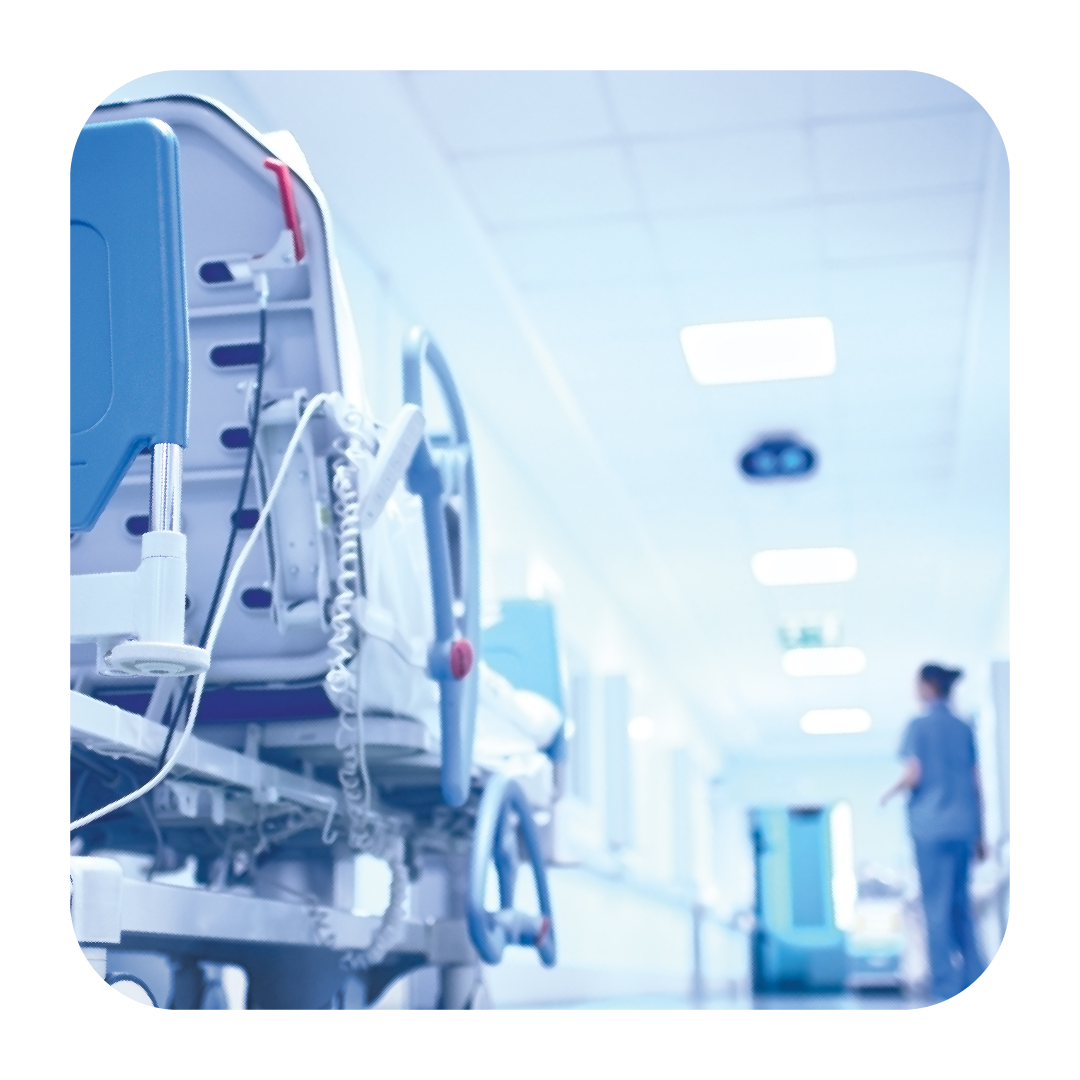(6/17/2024)
In recent years the healthcare industry has learned what can happen when crises catch healthcare providers unprepared. Emergency management not only keeps patients, hospital staff and visitors safe at times of heightened risks, but also sustains revenue, enabling hospitals to remain operational during a disaster.

In recent years the healthcare industry has learned what can happen when crises catch healthcare providers unprepared. Emergency management not only keeps patients, hospital staff and visitors safe at times of heightened risks, but also sustains revenue, enabling hospitals to remain operational during a disaster.
A lot goes into effective emergency response, of course. In this post, we’ll focus on one common oversight that could derail your careful planning and best intentions: lack of preparedness when the need arises to access critical resources or capabilities.
Don't Depend Solely on Others
If any aspect of your emergency plan hinges on external saviors — federal, state or community resources — you’ll be in for a very unpleasant (and costly) surprise.
Once, we observed a hospital doing an evacuation exercise. Their plan involved calling the local ambulance service, which had 25 ambulances, and which the hospital estimated would complete their evacuation in about five hours. What they didn’t realize was that the primary function of the ambulance service was to respond to the community. What’s more, another hospital down the road was counting on those same 25 ambulances for their evacuation plan.
When relying on government or community resources, many hospital leaders forget they’re going to be standing in line. It’s like going to the store when the power goes out, hoping they don’t sell out of generators before you get there.
Build Your Emergency Planning and Response for Self-Sufficiency
Build your program so that your organization isn’t in danger of going without vital resources, nor hoarding resources away from the community during a crisis. One hospital we worked with, for instance, had processes to bring ambulances and resources including generators from out of state during a disaster. When disaster struck, they were able to lend extra generators to the local water department to get the water system back up and running, and were an invaluable asset to the community.
How sustainable and resilient is your organization? Is your emergency plan dependent on external sources or suppliers? Or does your plan ensure you can respond to emergencies with your own personnel and supplies?
Having the personnel and supplies needed in crises enables your hospital to extend care for patients who normally don’t come to your facility, positioning your organization as a cherished leader in the community.
Want to learn more about components of a strong emergency response? Download our white paper “Rising Risks and New Demands for Emergency Preparedness in Healthcare”.